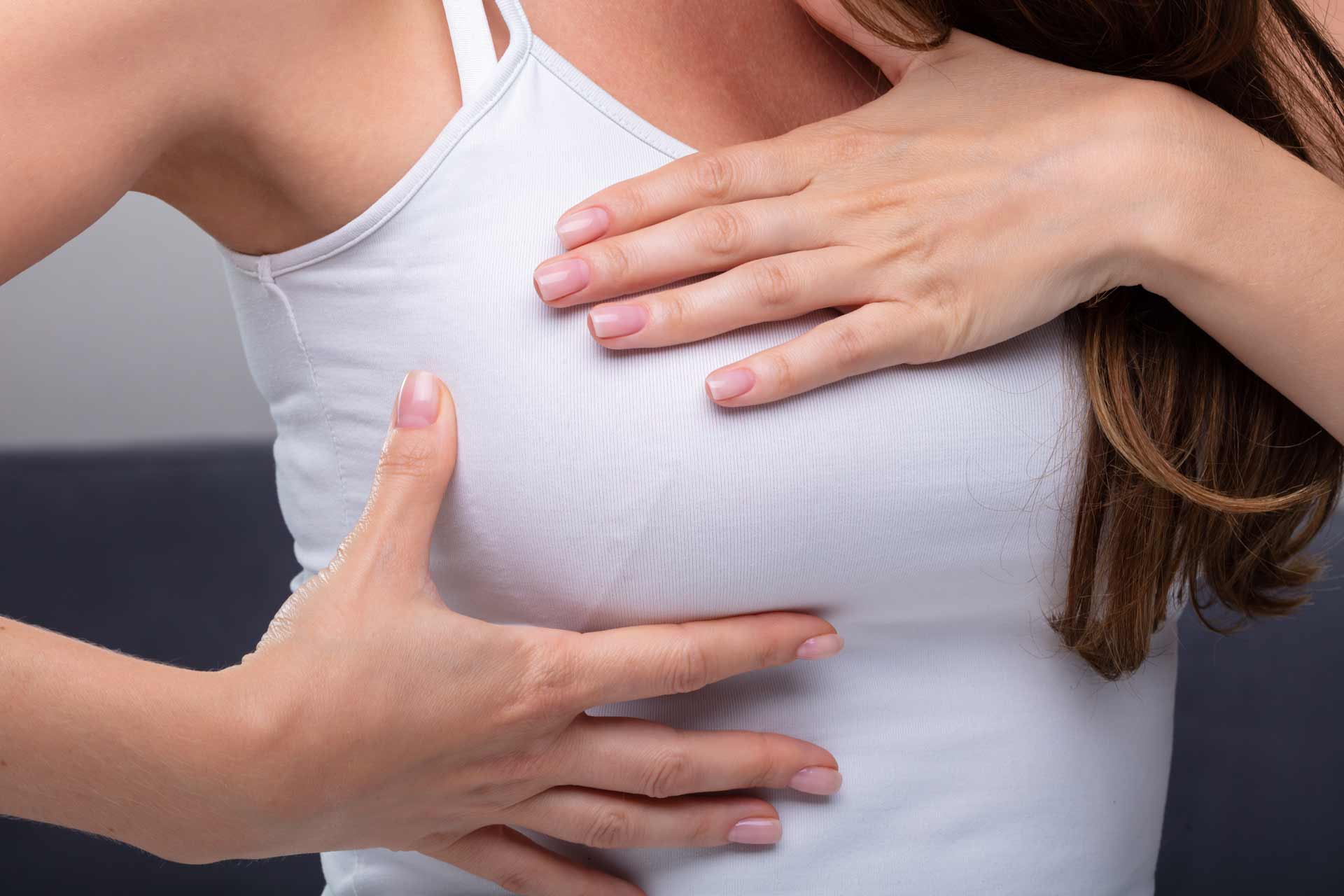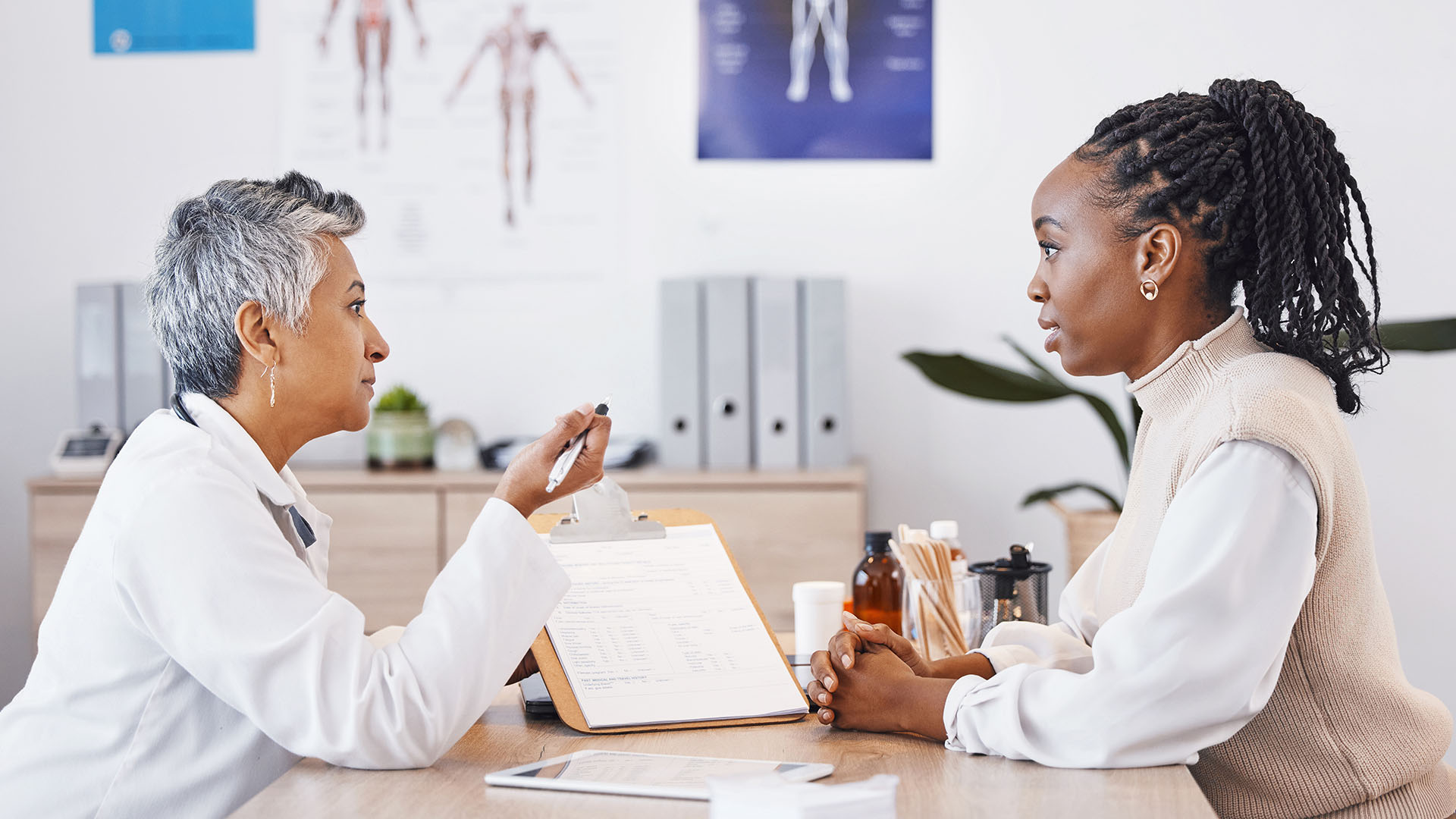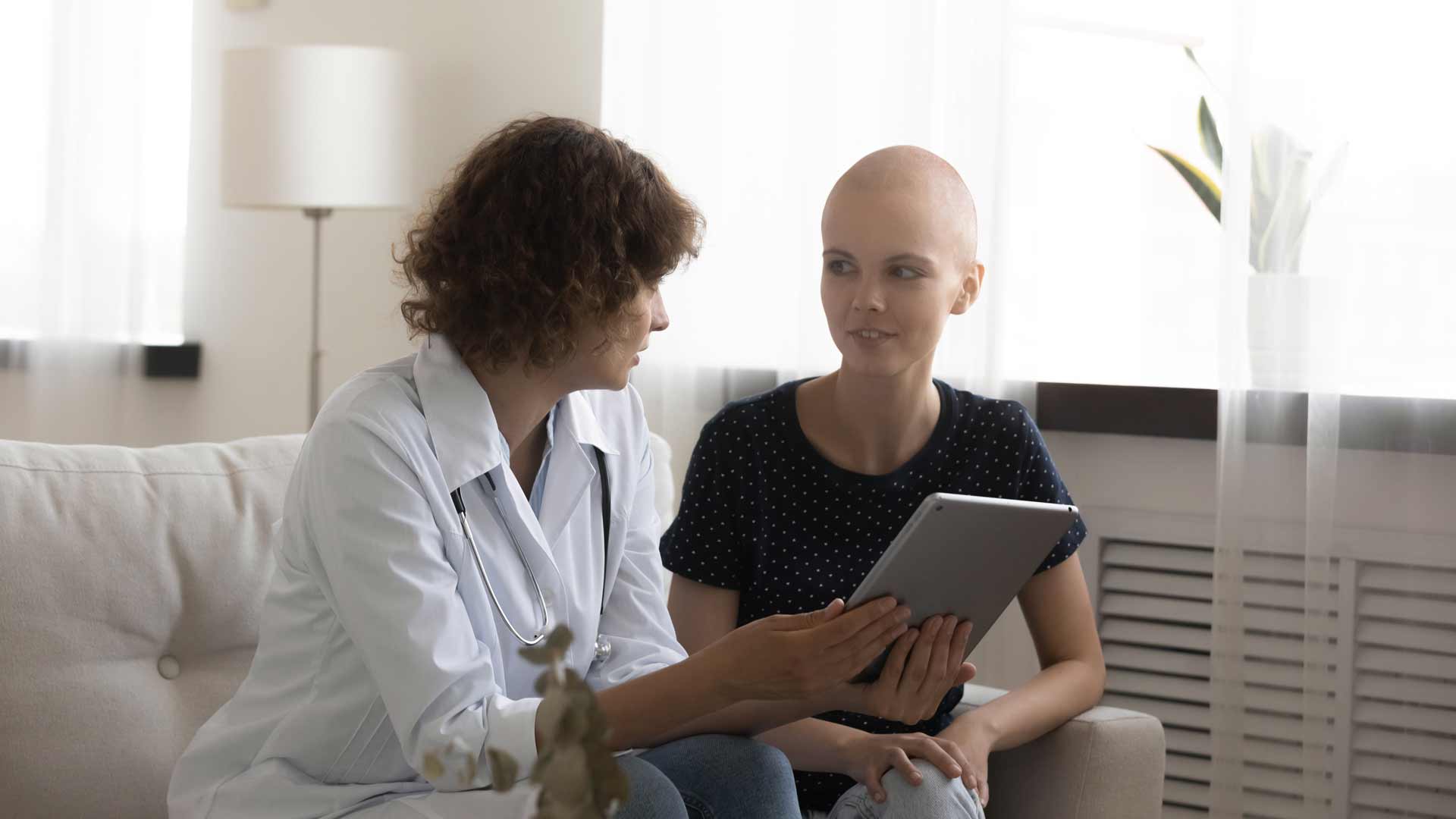Relief from Post-Mastectomy Pain: Signs, Symptoms, and Solutions
Post-mastectomy pain is a significant concern for many breast cancer survivors, with approximately 20% of women experiencing some form of persistent pain following mastectomy surgery. While some discomfort is expected during the initial recovery period, a subset of patients may develop post-mastectomy pain syndrome (PMPS), a chronic condition characterized by persistent pain in the chest, armpit, and arm. Dr. Kari Colen, a board-certified plastic surgeon at The Institute for Advanced Reconstruction, shares the importance of understanding the nature of this diagnosis, its potential causes, and various treatment options to provide relief. It is important to understand PMPS, its potential causes, and the various treatment options available to provide relief.
What are the Signs and Symptoms of PMPS?
Symptoms of PMPS typically begin within the first few months after surgery but can sometimes develop up to several months or even years later. You should consult your doctor if you experience any of the following symptoms that last beyond the expected recovery period (usually 3-6 months post-surgery):
- Persistent pain in the chest wall, armpit, and/or arm on the side of the surgery
- Pain described as burning, shooting, stabbing, or aching
- Numbness or tingling sensations in the affected areas
- Increased sensitivity to touch in the surgical area
- Pain that may worsen with arm movement
- Phantom breast pain (feeling pain in the breast that has been removed)
- Lymphedema (swelling) in the arm or hand on the affected side
- Skin tightness or a feeling of constriction in the chest or arm
- Decreased range of motion in the shoulder or arm
- Pain that may be exacerbated by changes in temperature or pressure
- Sleep disturbances due to discomfort
- Emotional distress or mood changes related to chronic pain
It's important to note that the severity and combination of symptoms can vary from person to person, explains Dr. Colen. Some individuals may experience only a few of these symptoms, while others may have multiple symptoms that significantly impact their daily life.
How Common is PMPS?
Of breast cancer survivors who experience post-mastectomy pain, about 20-30% develop PMPS, a more severe and chronic form of pain. This means that while not all individuals who undergo mastectomy will experience long-term pain, a significant portion may face ongoing discomfort that requires attention and management. The likelihood of developing persistent pain can be influenced by factors such as the extent of surgery, whether lymph nodes were removed, the use of radiation therapy during breast cancer treatment, and individual patient characteristics.
Managing PMPS
Living with post-mastectomy pain can be challenging, but you don't have to face it alone.
"There's no one-size-fits-all solution when it comes to managing post-mastectomy pain, but that's actually good news,” says Dr. Colen. “We thoroughly examine our PMPS patients to determine the most appropriate treatment plan, which may involve a combination of approaches tailored to their unique situation. Our goal is to not only manage the pain effectively but also to improve their overall quality of life."
Non-Surgical Treatment Options
There is a wide range of treatment options available for managing PMPS, which is prescribed depending on the patient's specific symptoms and needs.
Medications
Medications are often used to manage PMPS, such as NSAIDs to reduce inflammation and pain, opioids for severe pain relief, anticonvulsants to help with nerve pain, and antidepressants, which can alleviate chronic pain and address mood issues.
Physical Therapy
Physical therapy plays a crucial role in PMPS management. This involves exercises to improve range of motion and strength and manual therapy to reduce scar tissue and improve circulation.
Nerve Blocks
Nerve blocking provides immediate but temporary pain relief for PMPS. This treatment works by injecting an anesthetic into the damaged nerves to “block” pain signals and is often used as a diagnostic tool before nerve-repair surgery.
Transcutaneous Electrical Nerve Stimulation (TENS)
Transcutaneous Electrical Nerve Stimulation (TENS) uses low-voltage electrical current to relieve pain and is a non-invasive option for pain management.
Complementary Therapies
Complementary therapies such as acupuncture, massage, and mindfulness techniques can help reduce pain, improve well-being, and manage pain perception and stress.
Cryotherapy or Heat Therapy
Cryotherapy or heat therapy, involving the application of cold or heat, can help reduce pain and improve circulation in the affected areas.
Surgical Treatment Options
In some cases, surgical interventions may be considered. Our surgeons are experts at treating nerve damage from a wide variety of trauma and injuries, including PMPS. A nerve surgery typically begins with a nerve block to help diagnose the cause of the pain. Depending on the extent of your nerve damage, your surgeon will likely perform one or more of the following procedures:
Nerve Repair
This procedure involves surgically reconnecting the severed ends of a damaged nerve to restore function and sensation.
Nerve Transfer
In this technique, a healthy nerve is rerouted and connected to a nearby damaged nerve, allowing it to take over the function of the injured nerve and restore sensation or movement.
Nerve Grafting
This procedure uses a piece of "donor" nerve from another part of the body to bridge a gap between two nerve ends, facilitating nerve regeneration and reconnection.
Neurolysis
This technique removes scar tissue from an injured nerve to encourage nerve growth and improve function.
Autologous Fat Grafting
Autologous fat grafting is a procedure in which fat is harvested from other areas of the patient's body and injected into the breast area, providing additional cushioning and potential anti-inflammatory benefits.
Breast Reconstruction Surgery
This procedure aims to restore the shape and volume of the breast after a mastectomy and may be performed simultaneously with a PMPS treatment if the patient desires breast reconstruction.
Coping with PMPS
Living with PMPS can be challenging, but there are several strategies that can help you cope. According to Dr. Colen, it's important to maintain open communication with your healthcare team.
“Don't hesitate to report changes in your pain or discuss the effectiveness of your current treatments,” advises Dr. Colen.“Keeping a pain journal can be helpful in tracking your symptoms and identifying triggers, too.”
Self-care and stress management play a crucial role in alleviating PMPS symptoms. Incorporating gentle exercises recommended by your physical therapist can help maintain mobility and reduce pain, while relaxation techniques like deep breathing, meditation, or yoga may offer additional relief.
Emotional support is equally important, and joining a support group can provide a valuable platform to share experiences with others facing similar challenges. Don't hesitate to lean on friends and family when you need assistance. Although managing PMPS requires patience and persistence, many patients find that combining medical treatments with lifestyle adjustments significantly improves their quality of life. Remember, you're not alone on this journey, and with the right approach, relief is possible.
Don't let post-mastectomy pain hold you back from living your best life. The expert surgical specialists at The Institute for Advanced Reconstruction are here to help you find relief and regain your quality of life. Call 877-245-1789 to schedule a consultation.





.webp)




